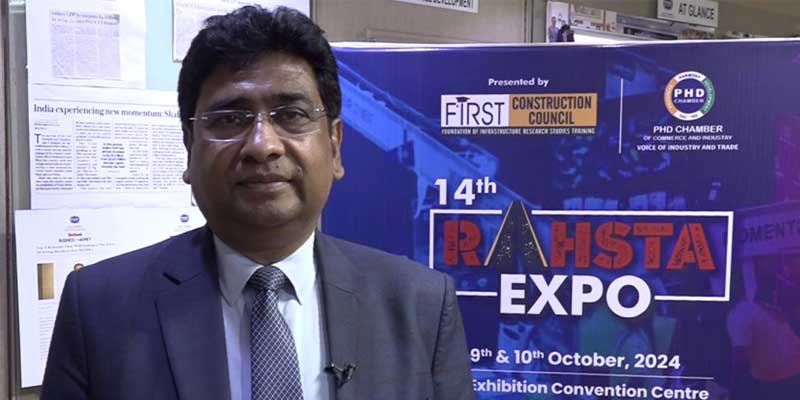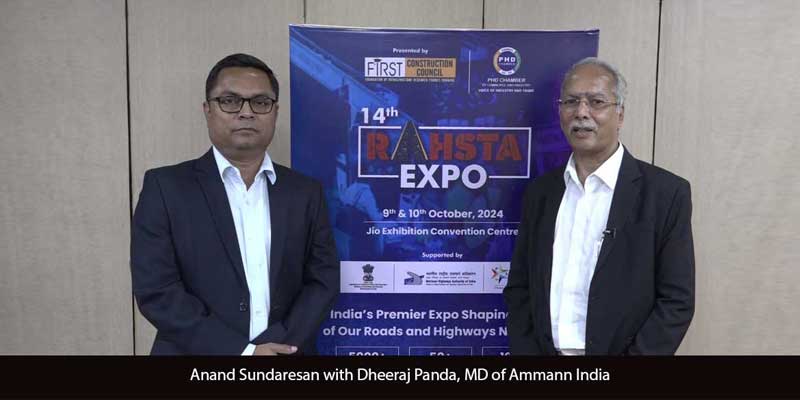Schedule a Call Back
Air emission control equipment market soaring high with demand
 Technical Articles
Technical Articles- Oct 01,17

- >> Choose a technology agnostic advisor rather than OEM. This gives the freedom to procure the technology or technologies best suited to your specific project.
- >> Select a partner with experience in the entire lifecycle of coal and AQC assets. Applying this level of combined knowledge to an AQC project is the surest way of identifying where all of the pitfalls and opportunities lie.
- >> Be sure your partner has worked with the full range of AQC systems. There are, for instance, many technologies to manage NOx emissions. The best partner will be familiar with the benefits and disadvantages of them all.
- >> Appoint an advisor with demonstrable new-build and retrofit experience. The demands of new-build and retrofit AQC projects differ fundamentally, on space constraints for example. Experience in one is no guarantee of success in the other.
- >> Insist on a partner capable of advising on buildability, performance and OPEX. The measures of a successful AQC project go beyond compliance. The most successful projects are those which can be built efficiently - without disruption to plant operation for instance - and deliver low, predictable OPEX.
- >> Burning of Fossil Fuels: Sulphur dioxide emitted from the combustion of fossil fuels such as coal, petroleum, and other factory combustibles
- >> Agricultural Activities: Ammonia released from agriculture related activities acts as a pollutant to the atmosphere.
- >> Exhaust from Factories and Industries: Manufacturing industries releasing pollutants such as carbon monoxide, hydrocarbons, organic compounds, and chemicals into the air thereby depleting the quality of air.
- >> Mining Operations: Dust and chemicals are released in the air causing air pollution.
- >> Indoor Air Pollution: Household cleaning products, painting supplies emit toxic chemicals in the air and cause air pollution.
Related Stories

Global pollution control equipment market surges with regulatory push
Pollution tech market is soaring with eco-friendly innovations. Leading companies drive change for a cleaner planet.
Read more
HVAC industry: Prioritising energy efficiency and sustainability
In this article, Wilson Lawrence explores the recent technological developments shaping India's Heating, Ventilation, and Air Conditioning (HVAC) market, making it an exciting read for both industry..
Read more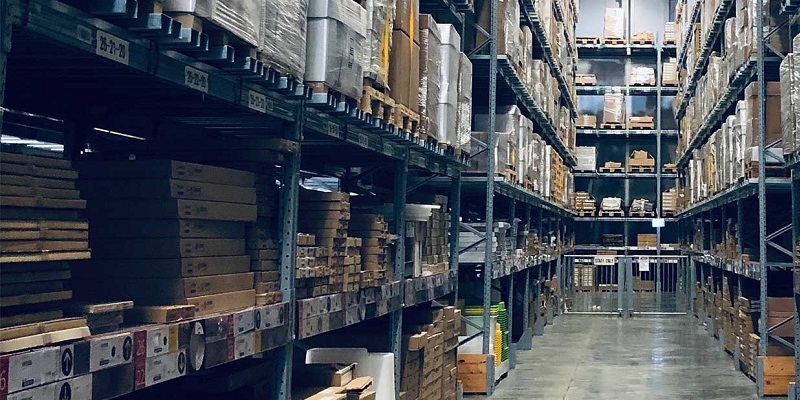
Why do warehouses hurt air quality and neighborhood noise levels?
Air and noise pollution from warehouses can reduce the value of homes, increase wear on roads and expose neighborhoods to excess amounts of greenhouse gas emissions. However, there are solutions to ..
Read moreRelated Products
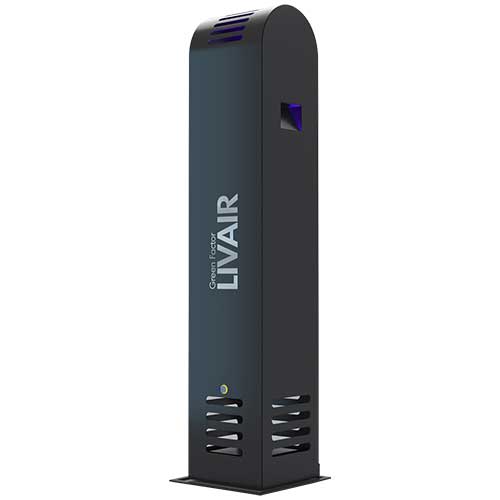
Green Factor LIVAIR
Green Factor LIVAIR is an All-in-One Air Purifier, Steriliser and Deodoriser that removes all air borne microbes, bacteria, molds, viruses, pollution and particulate matter with efficiency of 99.97 Read more
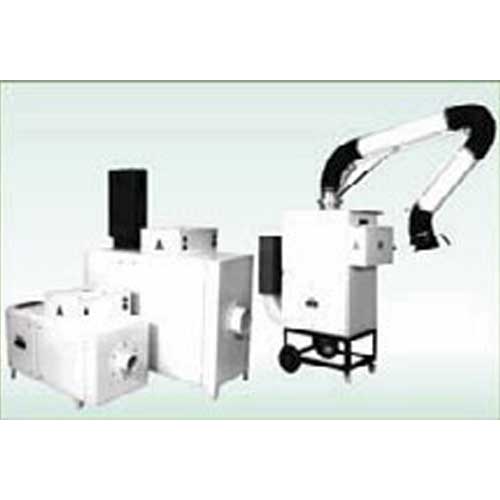
Fumekiller
Powertech Pollution Controls Pvt Ltd offers a wide range of fumekiller.
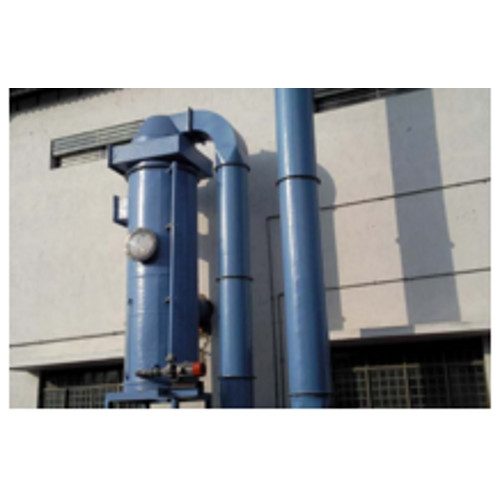
Fume Scrubbers
Air On Systems offers Fume Scrubbers. Air-On Systems, Bengaluru offer Scrubber System for Chemical Fume Extraction at market leading prices. Manufactured utilizing higher grade material and compone Read more




